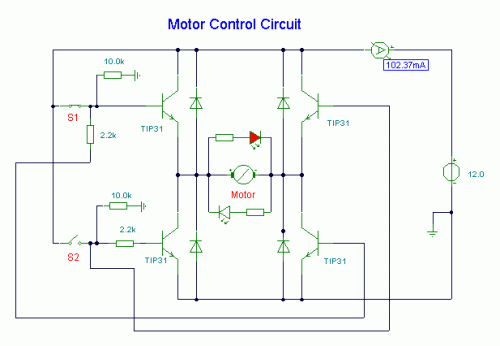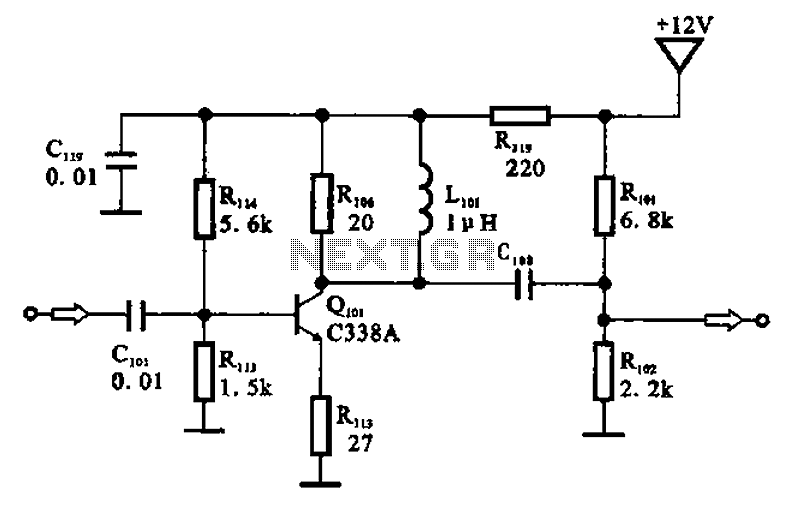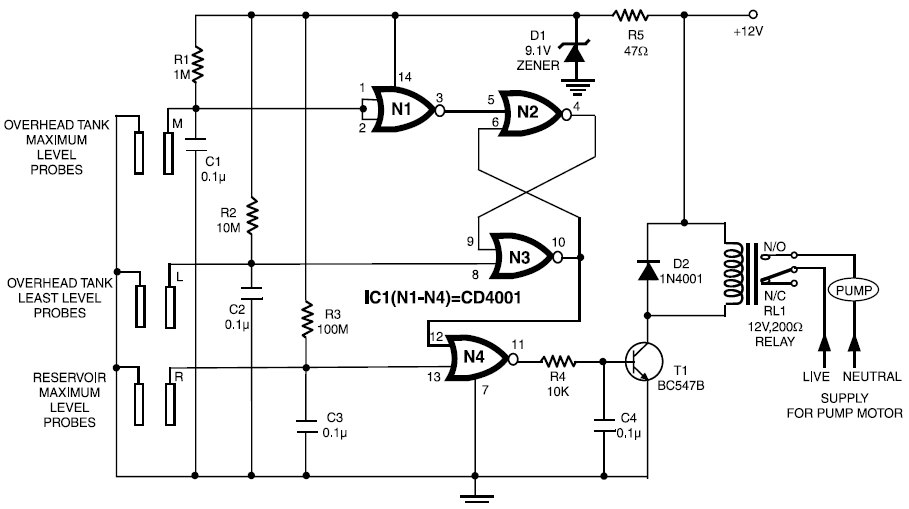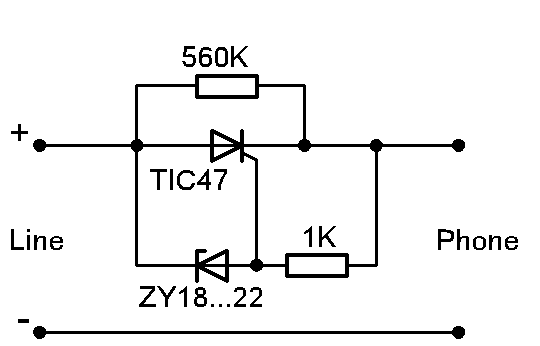
555 timer Electronic roulette wheel circuit and explanation

This electronic circuit is a simplified version of an electronic roulette game, utilizing the 4017 integrated circuit (IC), which functions as a 10-stage decade counter/divider. It is driven by a versatile 555 IC configured as a voltage-controlled oscillator (VCO). The 555 timer operates in an astable multivibrator mode. When the S1 switch is pressed, capacitor C3 charges, simultaneously providing a constant stable clock signal to the 4017 IC, causing the LEDs connected to its outputs to illuminate in a cyclic manner, creating a revolving effect. The speed of this revolving effect can be adjusted using the variable resistor VR1. Upon releasing the S1 switch, the main power supply is interrupted, causing C3 to discharge and leading the astable multivibrator to gradually extend and slow down the output pulse duration until the oscillations cease. Consequently, the rotation of the LEDs connected to the output of the 4017 IC also decelerates progressively, ultimately stopping to indicate a random score displayed on the board.
The circuit design comprises several key components that work in unison to create the desired electronic roulette effect. The 4017 IC, a decade counter, has ten outputs that can drive individual LEDs. Each output corresponds to a different score on the roulette board. The 555 timer, configured as an astable multivibrator, produces a continuous square wave signal that acts as a clock input for the 4017 IC. The frequency of this clock signal is determined by the resistor and capacitor values associated with the 555 timer.
The S1 switch acts as a trigger to start the game. When pressed, it allows current to flow, charging capacitor C3 and initiating the clock signal. The variable resistor VR1 provides an adjustable resistance, enabling the user to change the frequency of the clock signal and thus the speed at which the LEDs cycle through the outputs of the 4017 IC. This feature adds an element of variability to the game, enhancing user experience.
As the game progresses, releasing the S1 switch cuts off the power supply to the circuit. The discharge of capacitor C3 causes the frequency of the clock signal to decrease gradually. This reduction in frequency results in a slowing down of the LED rotation, simulating the effect of a slowing roulette wheel. Eventually, the outputs of the 4017 IC cease to activate any LEDs, marking the conclusion of the game and allowing the player to view the randomly selected score.
To summarize, this electronic roulette game circuit effectively combines the functionalities of the 4017 decade counter and the 555 timer in astable mode to create an engaging and dynamic gaming experience. The design is relatively simple, yet it provides a clear demonstration of fundamental electronic principles, making it an excellent project for both educational and recreational purposes.This electronic circuit is a simple version of an electronic roulette game and is based on the 4017 IC which is a 10 stage decade counter/divider. It is driven by another versatile IC 555 configured as a voltage controlled oscillator (VCO). The 555 timer is connected as an astable multivibrator. When the S1 switch is pressed, the capacitor C3 get s charged, also at this point of time a constant stable clock is fed to the 4017 IC and the LEDs at its outputs light up in a cyclic manner producing a revolving effect. Adjusting the VR1 (variable resistor ) the speed of revolving effect can be varied. When the S1 switch is released, the main supply is cut-OFF, C3 discharges and forces the freely running astable to gradually stretch and slow down the time period of its output pulses so that eventually the oscillations stop within a stipulated time.
In response to these dying pulses the rotation of the LEDs connected to the output of IC 4017 also slow down gradually and stops to select a random score marked on the board. 🔗 External reference
The circuit design comprises several key components that work in unison to create the desired electronic roulette effect. The 4017 IC, a decade counter, has ten outputs that can drive individual LEDs. Each output corresponds to a different score on the roulette board. The 555 timer, configured as an astable multivibrator, produces a continuous square wave signal that acts as a clock input for the 4017 IC. The frequency of this clock signal is determined by the resistor and capacitor values associated with the 555 timer.
The S1 switch acts as a trigger to start the game. When pressed, it allows current to flow, charging capacitor C3 and initiating the clock signal. The variable resistor VR1 provides an adjustable resistance, enabling the user to change the frequency of the clock signal and thus the speed at which the LEDs cycle through the outputs of the 4017 IC. This feature adds an element of variability to the game, enhancing user experience.
As the game progresses, releasing the S1 switch cuts off the power supply to the circuit. The discharge of capacitor C3 causes the frequency of the clock signal to decrease gradually. This reduction in frequency results in a slowing down of the LED rotation, simulating the effect of a slowing roulette wheel. Eventually, the outputs of the 4017 IC cease to activate any LEDs, marking the conclusion of the game and allowing the player to view the randomly selected score.
To summarize, this electronic roulette game circuit effectively combines the functionalities of the 4017 decade counter and the 555 timer in astable mode to create an engaging and dynamic gaming experience. The design is relatively simple, yet it provides a clear demonstration of fundamental electronic principles, making it an excellent project for both educational and recreational purposes.This electronic circuit is a simple version of an electronic roulette game and is based on the 4017 IC which is a 10 stage decade counter/divider. It is driven by another versatile IC 555 configured as a voltage controlled oscillator (VCO). The 555 timer is connected as an astable multivibrator. When the S1 switch is pressed, the capacitor C3 get s charged, also at this point of time a constant stable clock is fed to the 4017 IC and the LEDs at its outputs light up in a cyclic manner producing a revolving effect. Adjusting the VR1 (variable resistor ) the speed of revolving effect can be varied. When the S1 switch is released, the main supply is cut-OFF, C3 discharges and forces the freely running astable to gradually stretch and slow down the time period of its output pulses so that eventually the oscillations stop within a stipulated time.
In response to these dying pulses the rotation of the LEDs connected to the output of IC 4017 also slow down gradually and stops to select a random score marked on the board. 🔗 External reference





